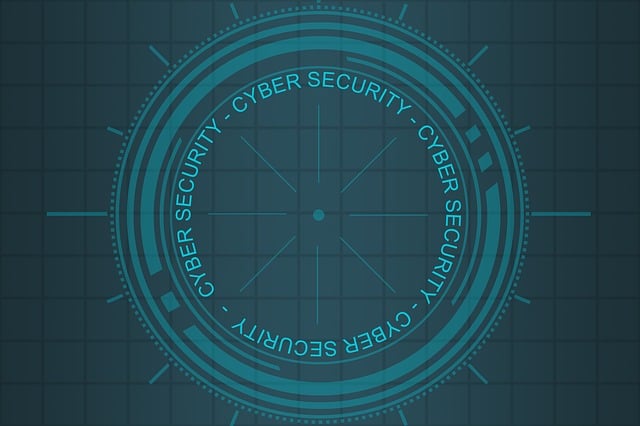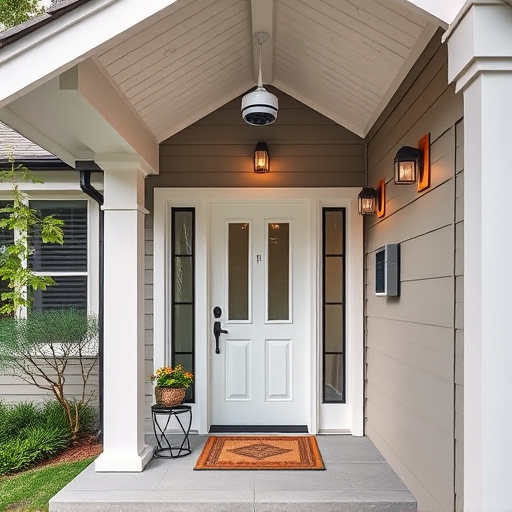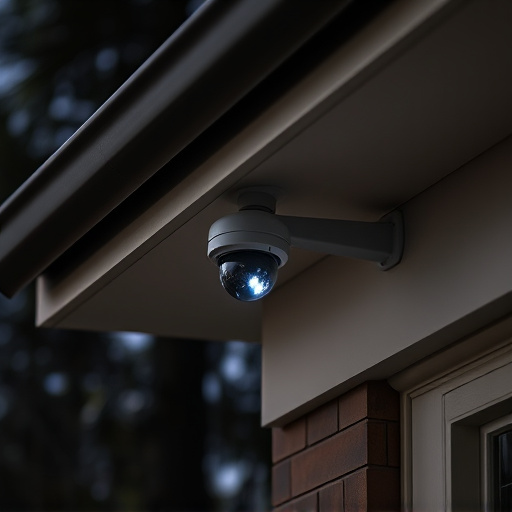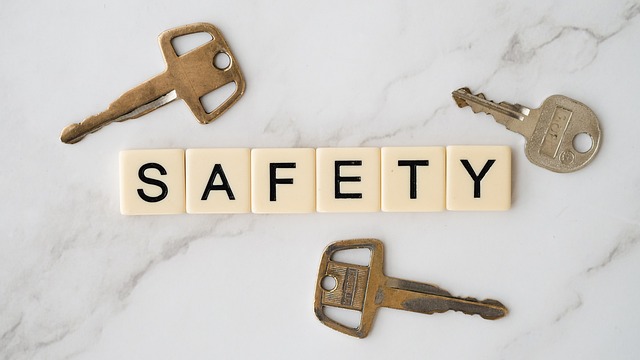Smart home devices are transforming modern living by boosting home safety and convenience. For beginners, adopting essential technologies like door locks, motion detectors, security cameras, and smart smoke/carbon monoxide detectors enables remote monitoring and peace of mind. Setting up an interconnected network through apps or control panels ensures tailored security. Advanced features include HD video streaming, AI-powered cameras, remote lock control, and automatic lockdowns upon suspicious activity. Securing these devices with proper configurations, unique passwords, software updates, and two-factor authentication is crucial for family safety. A comprehensive approach integrating motion sensors, smart cameras, door contacts, and smart locks enhances protection while preserving privacy.
“Uncover the power of modern living with a smart home safety system—your digital fortress against unforeseen dangers. This beginner’s guide delves into the world of home safety technology, offering a comprehensive overview of essential smart home devices and their benefits. From understanding core components to advanced integrations, we’ll navigate setting up your protection network. Learn tips for securing your space and leveraging smart devices for enhanced peace of mind in today’s digital era.”
- Understanding Smart Home Devices and Their Benefits
- Essential Smart Home Safety Devices for Beginners
- Setting Up and Configuring Your Smart Safety System
- Advanced Features and Integrations to Enhance Protection
- Tips for Securing Your Smart Home and Staying Safe
Understanding Smart Home Devices and Their Benefits
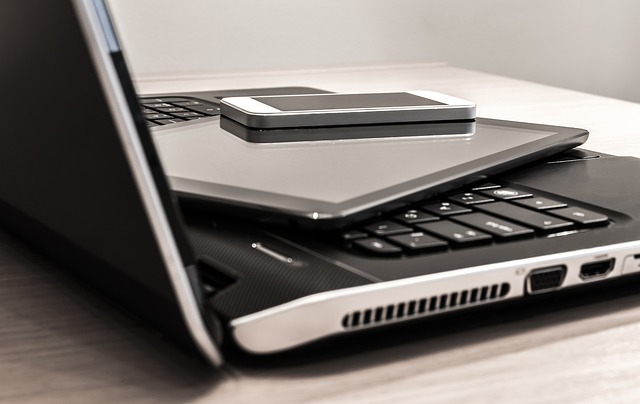
Smart home devices are quickly becoming an integral part of modern living, offering enhanced home safety and convenience. These technologies allow homeowners to control and monitor various aspects of their residence remotely, providing peace of mind like never before. From motion sensors and security cameras to smart locks and automated lighting, each device plays a crucial role in building a comprehensive security system.
For beginners, adopting smart home protection means starting with essential devices tailored to individual needs. A basic setup might include a smart door lock for remote access control and a few motion detectors to alert you of any unusual activity. As the system expands, users can integrate security cameras, allowing them to monitor their property from anywhere via their smartphone or tablet. This technology empowers folks to be more proactive in protecting their homes and nurturing a sense of security.
Essential Smart Home Safety Devices for Beginners

For those new to the world of smart homes, prioritizing safety is paramount. The right devices can transform your house into a secure fortress. At the core, invest in a smart home security system that allows for remote monitoring and control via your smartphone. These systems often include door and window sensors, motion detectors, and cameras, enabling you to stay alert about any unusual activity.
Complementing this, consider smart locks for enhanced home safety technology. These allow you to lock and unlock doors remotely, preventing unauthorized access. Additionally, smart smoke and carbon monoxide detectors are crucial for early warning against potential hazards. Integrating these essential smart home devices into your routine not only enhances home safety but also gives peace of mind, ensuring your space is protected even when you’re away.
Setting Up and Configuring Your Smart Safety System

Setting up and configuring your smart safety system is a crucial step in enhancing your home’s security with cutting-edge technology. It involves integrating various smart home devices, such as motion sensors, door/window contacts, and cameras, to create an interconnected network. Start by identifying areas that require protection, like entry points and high-value asset locations. Place sensors strategically, ensuring full coverage while considering factors like line-of-sight and potential obstruction.
Use the accompanying app or control panel to customize settings, including sensitivity levels, notification preferences, and automation rules. Schedule arming and disarming routines, and set up alerts for specific events like unauthorized access attempts. Regularly review and update these configurations as your needs change, ensuring your smart home protection remains tailored to your lifestyle and evolving security requirements.
Advanced Features and Integrations to Enhance Protection

Many modern smart home devices offer advanced features and integrations that significantly enhance your home’s protection. Systems like ring doorbells provide HD video streaming, motion detection, and two-way audio communication, allowing you to monitor your doorstep from anywhere. Smart cameras with artificial intelligence can differentiate between people, vehicles, and animals, sending alerts only when relevant.
Additionally, smart locks and garage door openers can be remotely controlled and programmed, ensuring secure access only to authorized individuals. Some devices even integrate with security systems, enabling automatic lockdowns or alerts when suspicious activities are detected within your home. This interconnectedness lets you create a robust security network using various smart home devices for comprehensive protection.
Tips for Securing Your Smart Home and Staying Safe
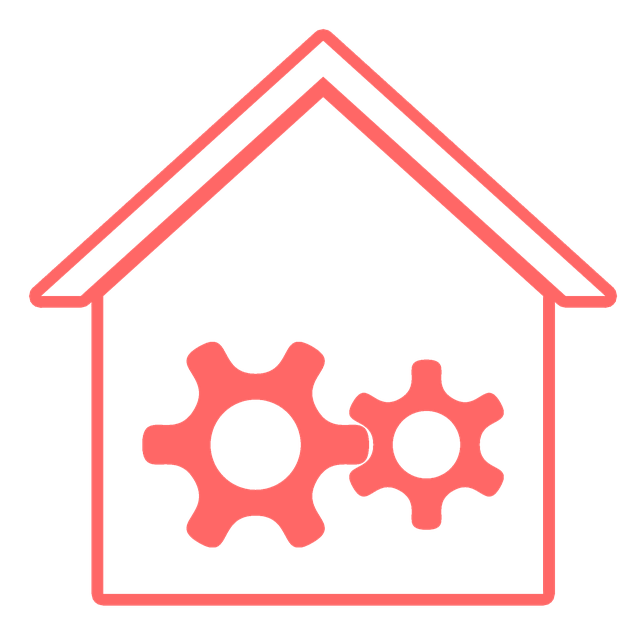
Securing your smart home is an essential step in enhancing your family’s overall safety and peace of mind. Start by ensuring all your smart home devices are properly configured and use strong, unique passwords for each account. Regularly update the software on your smart hubs and devices to patch security vulnerabilities. Enable two-factor authentication whenever possible for an extra layer of protection.
Consider a comprehensive approach to home safety technology, incorporating motion sensors, smart cameras, and door/window contactors to create a network that alerts you of any unusual activity. Integrate these devices with your smart locks for seamless control and monitoring. Regularly test and monitor your system, and keep the communication lines open between all family members about security protocols. Using smart devices shouldn’t compromise privacy; instead, it should empower you with the tools to protect what matters most.



